
Software Quality Assurance: A Broader Perspective
Our quality assurance is thorough, process based, and a cross-team effort. To not only assure quality but to increase it, each software feature go through several layers of quality assurance.


Your services and products must speak your brand's language and deliver the promise. In this tight ecosystem it is important that your web software application communicates your brand cohesively, consistently, and smartly. Every interaction point must feel like it is consistent with your brand promise.
Our design and development process is tuned to your brand promise. By systematically striving for a consistent identity design, digital design, and tight quality assurance, we can deliver a cohesive software product that strengthens your brand's message, whether experienced solely online or in the omni-channel ecosystem.

User feedback has a real authentic voice that stems from users' want to share their experience with you. This is a sign that user cares to use the platform, and we need to listen and pay attention to this relationship.
It's critical that the software development process never loses its sight on real users and never forgets the audience that they truly need to please.
We strive to get real life user feedback as immediately as possible. Listening to feedback and customer voice is not the same as delivering every request. Compassionate listening reduces objectifying the user into a distant target audience, and any opportunity to observe real users using the application and interact with them is gold to us. Learn more.

We see users as real people and not as a distant target audience or some other type of objective. When you can sympathize with the user, and approach any of their issues with compassion, you do everything you can to fix their pain points.
Cutting corners in the UI and UX development process can lead to compromised user experiences that undermine the entire foundation of the software. If UX is not carefully planned out it becomes random, but still a pattern a user is supposed to somehow learn and adapt to. We've seen how these haphazard non-optimized UX patterns can get repeated and duplicated in the software user interfaces and product models. We want none of that.
In our SDLC cycle the UX/UI work carries through the entire process; from research to product prototyping; and from all layers of quality assurance to finalizing each development milestone. It is never too late to fix an UX issue, but it is better to address it early, before it starts multiplying and living its own life.
On an objective level, typically from the technical standpoint, a feature on the web and mobile might be functioning properly. However, if users encounter trouble using the feature, or even locating it, we can argue that the system can be regarded broken. Users need to be able to understand the application's purpose and functionalities, use it without errors, objective and subjective, and enjoy the process.

We don't quickly rush to code your software. An appropriate system architecture planning takes first place by:
While the development is ongoing we continue the architecting work by,
 Our Software Coding is Based on Years of Experience and Expertise.
Our Software Coding is Based on Years of Experience and Expertise.Our software engineering is based on solid experience. We always recommend choosing a programming language that allows your software to be easily scalable and is most suitable to the type of application you are developing. We will walk you through on pros and cons on any language so that you can make an educated decision on how your software is engineered. Below are some languages we are very familiar with.
PHP
PHP/MySQL is a dynamic programming language for developing database driven content rich Web and mobile applications. PHP and MySQL are open source computer programming languages which means that thousands of developers and software engineers worldwide contribute to the development of the language, making it richer, more adaptable and more dynamic than any other database coding language combination. Companies and institutions worldwide are choosing to develop their web and mobile media content and applications utilizing PHP. For instance, Meta supports and utilizes PHP and has also contributed back to its development. Developing PHP web applications doesn’t require entering into any expensive licensing contracts.
Laravel
We can utilize an existing PHP framework such as Laravel. Developing an app in an existing framework can save time as it may reduce certain documentation tasks and reduce dependencies.
Bootstrap
Bootstrap offers a great framework for creating responsive apps. We recommend exploring those options.
jQuery
Many recent web application are coded with jQuery, a prototype-based programming language used to enhance interactivity on web applications. We've got the experience needed to code and re-code applications that utilize jQuery.
HTML5
We utilize HTML5 to improve responsiveness and stability of web applications and to create cleaner code.
C++ Development
C++ is a general purpose programming language used for systems and software application development. For Interaria, C++ has been a great base language for developing software and adapting to newer languages.
Java Application Development
Interaria developed and coded a mobile app with code components from Java for the Android mobile wrapper. Java can be a useful coding language in application development if applied skillfully.
Oracle Database Development
Instead of using MySQL database for software, web or mobile application development, there is an option to utilize Oracle database. Oracle databases can in some cases be viewed as more robust and industrial but they are typically chosen if a client (company) already has an established relationship/contract with Oracle. If your company prefers Oracle database over MySQL database, Interaria can work with this technical framework.
Maria DB Open Source Database Software
Maria DB Open Source Database Software is a recent evolvement of MySQL. Maria DB promises improved scalability, storage and speed over MySQL. Maria DB has recently gained popularity but it is still a newcomer with a much smaller user base in comparison to MySQL.
WebScaleSQL
WebScaleSQL is an interesting database development project aiming to develop greater performance to MYSQL in running it in a larger scale. Some contributions to the database have come from Meta, Google, LinkedIn, and Twitter.
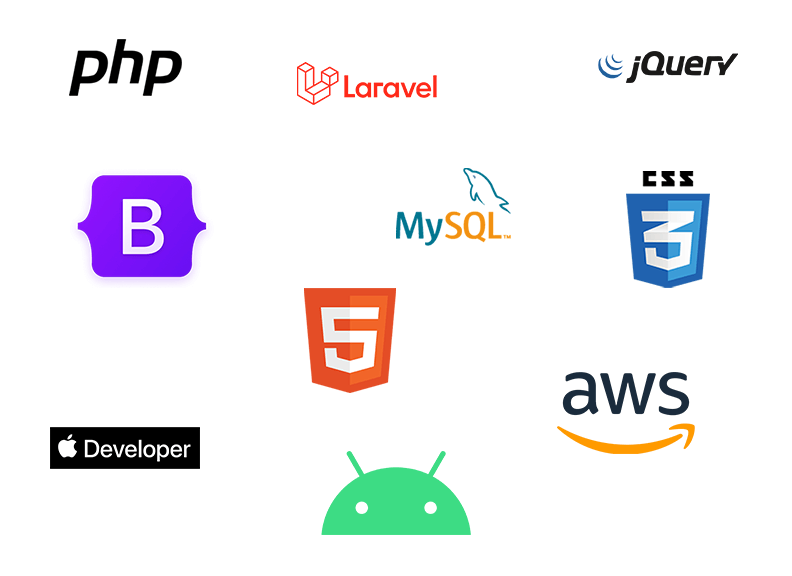
 From A to Z and Round and Round - Our QA Is not a One-Time Shop.
From A to Z and Round and Round - Our QA Is not a One-Time Shop.Our quality assurance is thorough, process based, and a cross-team effort. To not only assure quality but to increase it, the software product feature goes through several layers of quality assurance. Both objective and subjective experiences are evaluated.
1) Code evaluation. We want all application code to be elegant and scalable.
2) Function testing. The system needs to work as intended. At this point all system expectations and specifications are clear. We document all system function testing, and make sure all corner cases are tested too.
3) Usability testing. The implementation must meet high standards in usability. A user needs to be able to find and use the new feature with as minimal onboarding time as possible. The user-flow needs to be intuitive and any learning that takes place needs to be effortless. Our UX/UI designer can still come in to tweak and improve flows.
4) Regressive testing. We always test all features around the new software feature; anything that may share a touch point in the code.
5) Automated testing. Automated testing can be run with a query and regular testing automation can continuously take place in the background.
6) User testing & feedback. We strive to get real life user feedback as immediately as possible and factor that in everything that we do. Many companies often struggle with getting user feedback, not knowing exactly how to go about it or collect it. This may be due to overthinking the process, or having created walls between teams where there are unnecessary barriers for cross-team communication. Our recommendations are:
7) Testing documentation. We do not just say that we did all the above. We document all aspects of QA testing so that everyone is in the same page, and that new testing can be tracked and repeated when another development round takes place.

Integrating data via API may be a dependency but it can also be a business opportunity if done in a framework of a strategic partnership. We can work with any internet connected software that provides a Web services method of accessing it over the HTTP protocol via an API that adheres to either the SOAP or REST architecture. A typical feature is to integrate an existing internal back-end management systems together with a new web-based front-end user-facing system.
If your company is interested in a software application, and wants to bring some or part of that data for presentation on the web and mobile web, Interaria’s software development team can help with the API (Application Programming Interface) integration. We make sure all is done securely to keep the data integrity of both systems intact.
We are ideally requesting for the integrated API (Application Programming Interface) to have an 24/7 availability via a SOAP or REST Web services connection over HTTP, or preferably HTTPS. We also prefer to set up a test environment, with test data provided, so that we can test each feature of the API. Also, if a request is made to the API, and if there is an error, we prefer to have access to contact information for help to fix any issue.
We know that hackers go after web application source codes, looking for any flaws, vulnerabilities, and loopholes in the code they can find. Our software architecture and coding is built with these real security threats in mind, with a security aware software development process where security testing takes place during the SDLC process.
As our client or partner, we welcome all high quality third-party security testing to check the systems we build against any code vulnerabilities.
We recommend that your software is architected with security in mind and hosted at Amazon AWS Cloud where your application will benefit from multiple layers of security and proven platform services.
To learn more about web application security, we recommend getting started with the wealth of information and resources collected and conducted by OWASP.
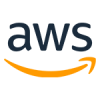

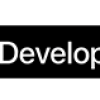
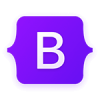

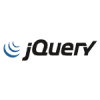
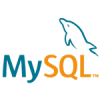
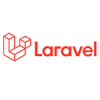




Our quality assurance is thorough, process based, and a cross-team effort. To not only assure quality but to increase it, each software feature go through several layers of quality assurance.

In omni-channel, a business operates in a seamless circular ecosystem where opportunities can be captured in various channels online and in-person.

Empathy and respect towards users calls for providing a UX outcome that recognizes the user as a real human, in a real time and place, with certain skills and limited resources to use the software.












@2025. Interaria. All rights reserved.
Let’s schedule a time and we will share with you our most recent work in detail.